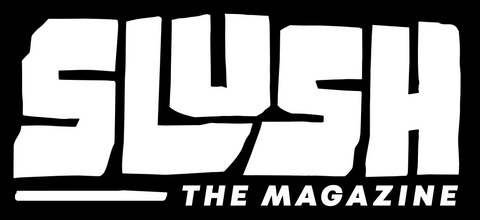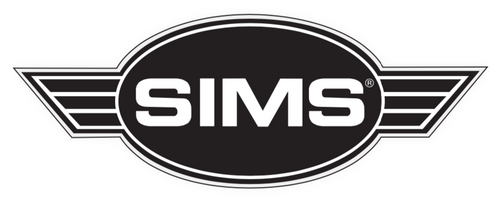
It’s nice sometimes to think that we, as boarders, are immune from whatever is going on in the world. It’s a cliché to call snowboarding counter-culture but let’s face it, even if they don’t call it that, many boarders carry around that attitude. We insulate ourselves, that’s part of the reason the community is so close-knit. Snowboarders might as well be trauma-bound by all the things that made them snowboard in the first place. Unfortunately, the only border on people’s minds this election season is the one surrounding the United States. More specifically, it’s the products that go in and out, the imports and exports that make up trade. The invisible tether that separated snowboarding from the real world has been cut.
In 2019 the United States—still in the first term of a Donald Trump Presidency—levied a 15% tariff on many—but not all—products coming in from China. Now, in the midst of a dead-tie election, the economy breaks through as one of the issues voters deem most important. And with Trump on the ballot again, he seems to be taking a similar, if far more aggressive, tact on free—or perhaps not so free—trade. The policy: A proposed 60% tariff on all Chinese goods.
Tariffs can basically be described as a foreign import tax. A tariff of 10% on a product of $10 value would be $1. That dollar would be paid to the government of the country receiving the import, in this case, the United States.
Who pays for tariffs is a complex question considering there are only two real options—the company or the consumer. It depends on whether the margins are great enough for a company to absorb the cost or whether they need to pass a price increase onto the customer. In snowboarding—a world of small margins and a high percentage of Mainland China production—the question is no easier than in any other industry.
“It sounds super black and white but I think for every brand it’s a bit of a gray area,” Jeff Richards, U.S. Brand Manager for several companies including Nitro Snowboards and L1 Outerwear said. Speaking on the 2019 tariff’s impact on the snowboard industry as a whole Richards said, “I think everyone took it as they could and tried to eat what they could but also maintain profitability. But when you’re working on such narrow margins it’s hard to do. At a certain point, the brand doesn’t really have a choice. It has to pass it onto the consumer.”
Nitro gets much of its imports from Taiwan and Vietnam, countries that have been largely spared in previous trade wars. However, many snowboard companies manufacture in China.
“We own our own factory in China,” Justin Clark, Senior Global Design Engineer of Snowboards at K2 Snowboards said. “For the previous tariffs in 2019 during Trump’s Presidency, we ended up absorbing the majority of those costs. Instead of passing them onto the consumer we unfortunately had to just take those on the chin.”

Snowboard companies understand that manufacturing in China is a tradeoff that is beginning to seem more like a gamble. There’s an old adage that seems to fit here. Manufacturing in China is cheap until it’s not.
“That’s the game that you play with these tariffs,” Clark continued. “You either increase the retail price of your product to offset the tariff which hurts the end consumer. Or you keep the price the same, absorb the cost and that’s going to really hurt the company. It’s a lose-lose situation for pretty much everybody in the snowboard industry.”
Tariffs can be both a carrot and a stick. They can be used to punish and entice. Trump is claiming his new round of tariffs will be both. He wants to punish China while getting manufacturing jobs back to the United States. This may seem good on paper but the infrastructure will not appear overnight. If Trump is elected and tariffs are enacted, it would take time for a company like K2 to fully relocate a factory. And the cost may not even be worth it.
Tariffs, too, don’t just affect the final product. If a snowboard company manufactured in the United States but received metal edges from China, those edges would be subject to tariffs and the price would still increase. Moreso, China isn’t the only country on Trump’s proverbial shit list. What originally began as a 10% across-the-board tariff on all countries (except for China which would exist at 60%) has morphed into a random spattering of numbers. 10% has turned to 20% and he has claimed as high as 50%. This would all but cripple the snowboard industry. Boards that are made in Vietnam, Austria, Dubai, and anywhere else in the world would skyrocket in price. And while boards may be highlighted right now, this will affect all snowboard gear. Virtually no product, whether its boots or bindings, pants, jackets or gloves is made fully in the United States. Companies will not be able to ignore the tariffs. They won’t be able to absorb the cost either.
“If it went up to 60%...there’s not a snowboard company out there today that can eat that kind of margin and still remain profitable,” Richards said. “It would turn into losing money for every snowboard they sold…if 60% tariffs went in there would be no choice but for every snowboard company to adjust accordingly and really the only place it could go at this point would be the consumer. Everything would be more expensive.”
For information on how to vote click here



















